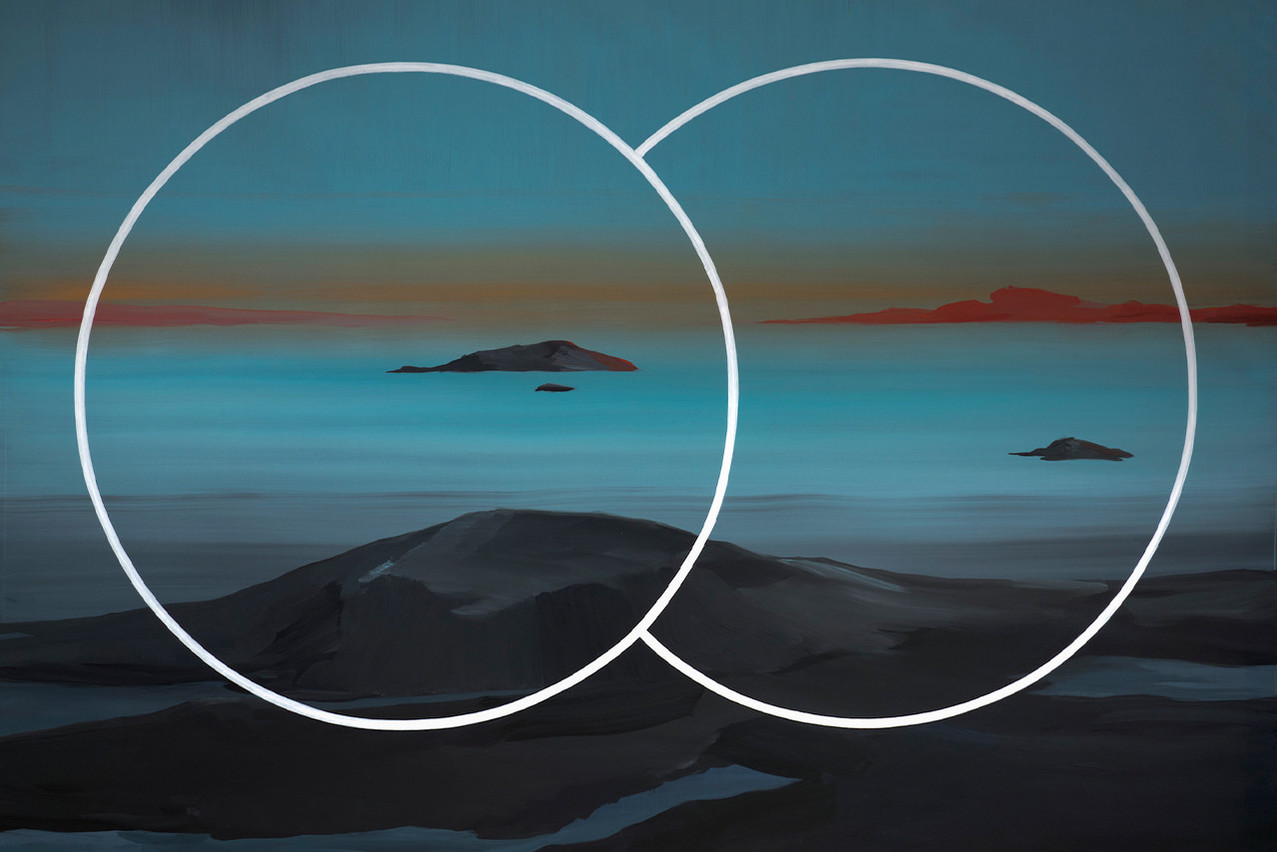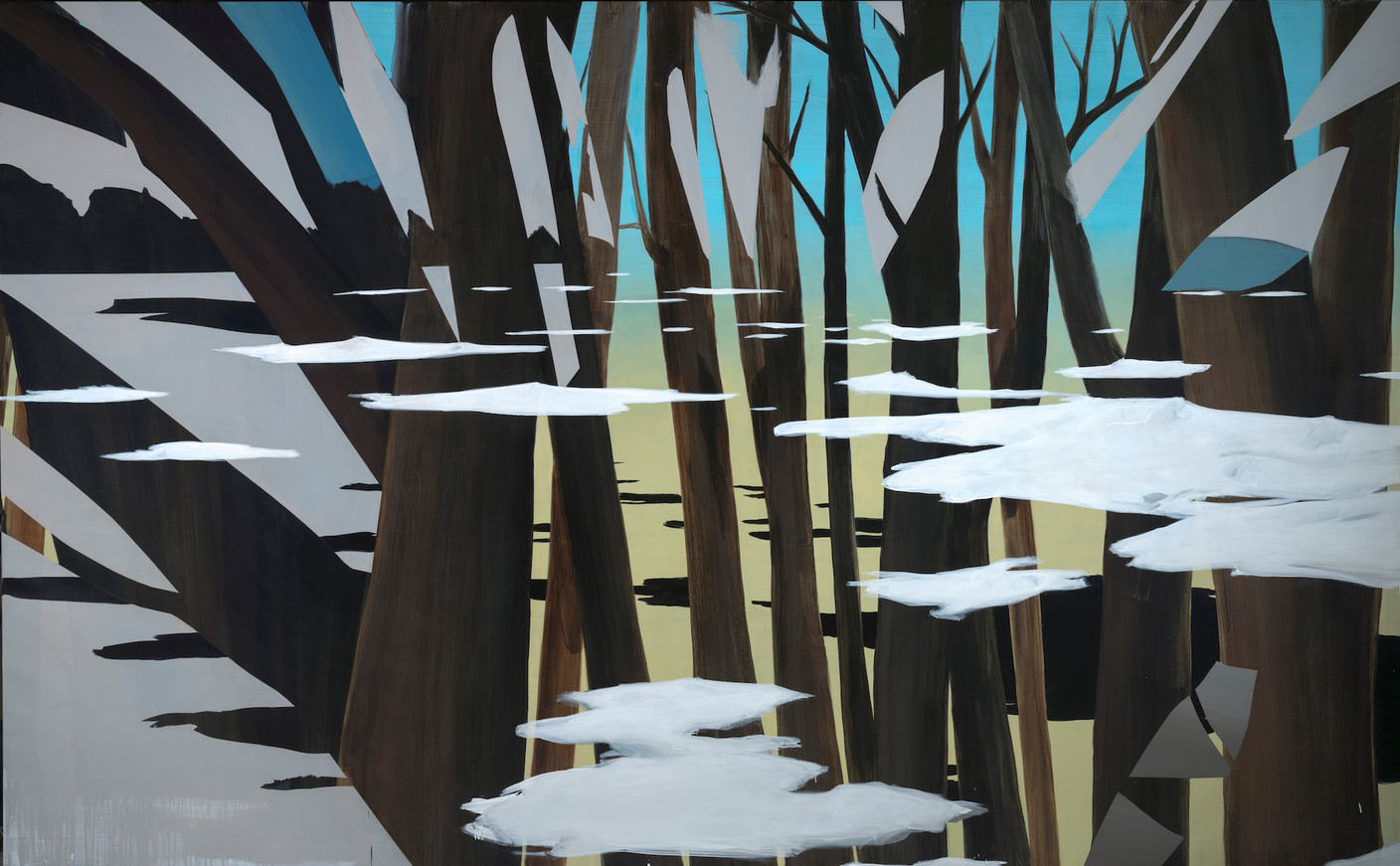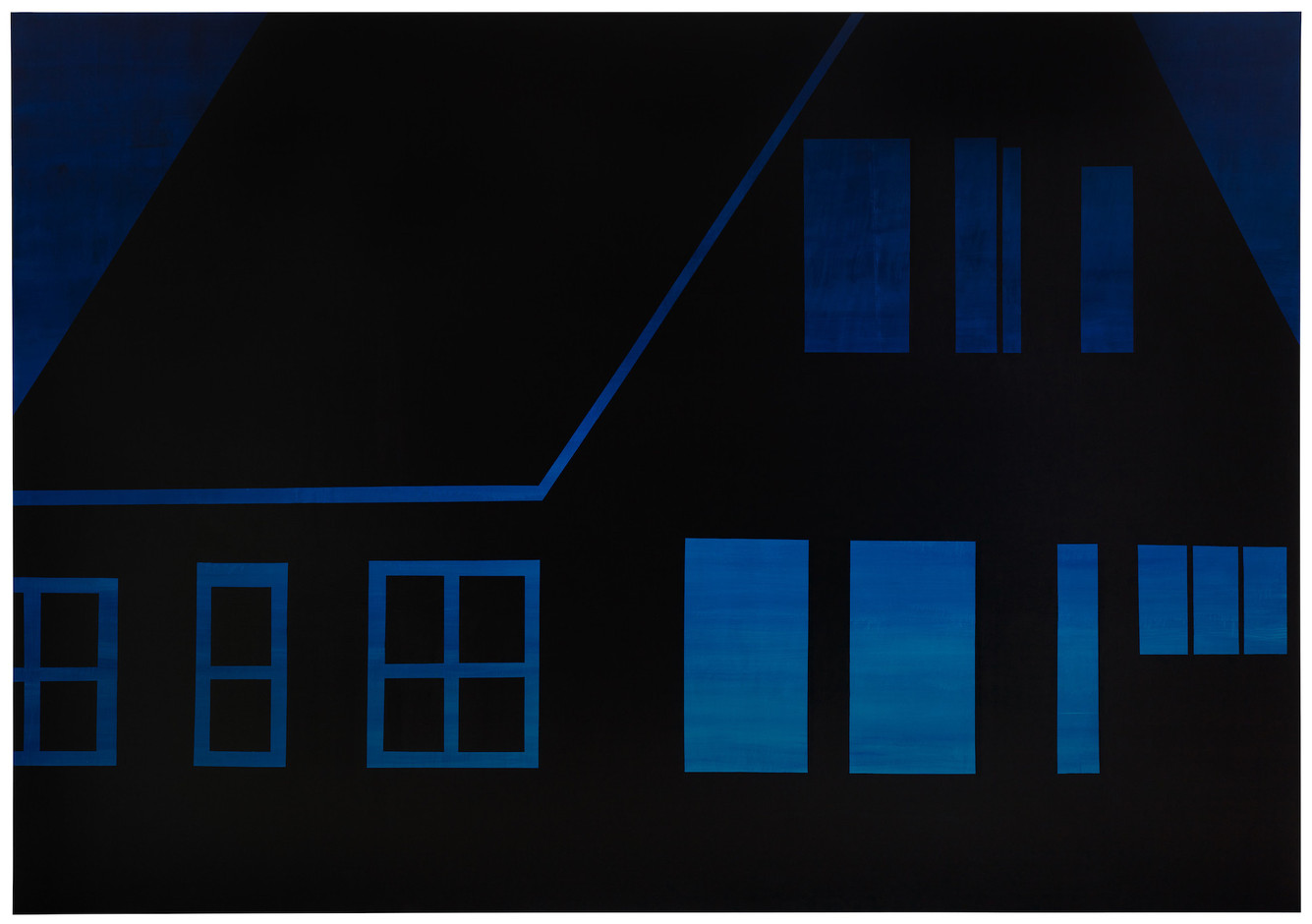Following a call for applications and a selection by an international jury, the artist Tina Gillen has been invited to participate in the 59th Venice Biennale of Contemporary Art. And tasked with designing an exhibition for the Luxembourg pavilion in the historic spaces of the Sale d'Armi in the Arsenale. "Faraway So Close", her chosen project, is a pictorial installation that focuses on the links between the interior space and the exterior world.
"This bienniale is a key moment for contemporary art in Europe, and it is an opportunity for Luxembourg artists who can present an exhibition there to make an important development in their career, particularly in terms of their international network,” said culture minister (déi Gréng), at the press conference held at Mudam. The institution accompanies this edition of the pavilion.
A "contextual" exhibition
This exhibition was conceived in response to the singular context of Venice, and more precisely for the space in the Arsenale, which hosts the exhibition. "We had to take into account this particular space where nothing can be hung on the historical walls," explains Gillen. "Furthermore, I did not want to develop a large number of picture rails. So I got closer to the history of this place, which was a former weapons warehouse from the 15th century, and used this idea to develop the project."
The artist chose to develop a pictorial installation that brings together eight large-scale canvases whose central space is occupied by an architectural space, all in a scenographic device close to painted film sets. "It gives the impression of being there only temporarily, as if the works were waiting to be moved again, rearranged, a set in the making," explains the artist. It should be noted that this arrangement was created with the help of the Polaris architectural firm, which regularly works on the scenography of exhibitions organised at Mudam.
One of the main canvases, "Sunshine III", is a monumental work measuring 4m high and 7m wide. "It was the first work I thought of for the space," explains Gillen. "It has a sun motif, something that gives off a very bright heat, but it's also mixed with black spikes that look more like an explosion. So you get a confused feeling about this work, a mixture between the comfort of light and the warmth of the sun against the danger and violence of the explosion."
The other paintings, without revealing their full content so as not to spoil the surprise of the visit, evoke other natural elements and natural phenomena beyond human control, manifestations of climate change caused by human activity, which are both a continuation of and a progressive evolution from her previous paintings.
In addition to this pictorial ensemble, a more sculptural element is introduced into the space: "Rifugio" is in fact a motif from one of Gillen's paintings entitled "Shelter" (2018). "For the Venice project, I wanted to project myself inside this space, which I only know from the outside, and imagine what it might be like to see the world from this place," she says.
In addition, Gillen and Mudam have launched a research project with a group of students and alumni from the Royal Academy of Fine Arts in Antwerp. This project, which runs from 2021 to 2023, takes the form of a monthly seminar at the Academy, supplemented by a workshop, organised in Venice in September 2022. It will also continue during the summer at Mudam, with a project conducted in collaboration with the public service, the form of which has yet to be determined.
"Faraway so Close", from 23 April to 27 November 2022, at the Venice Biennale,
This story was first published in French on . It has been translated and edited for Delano.




